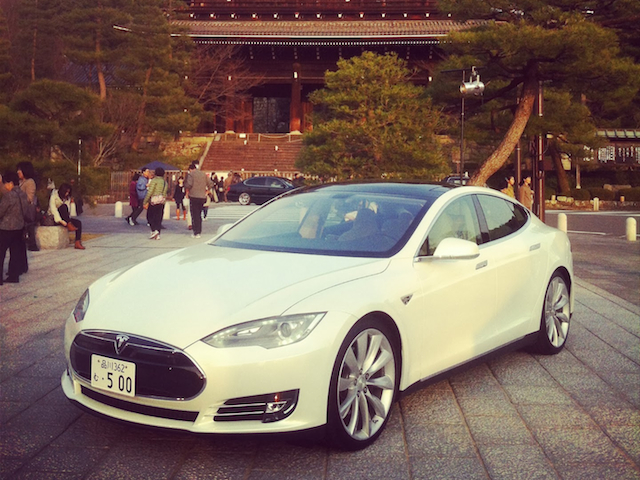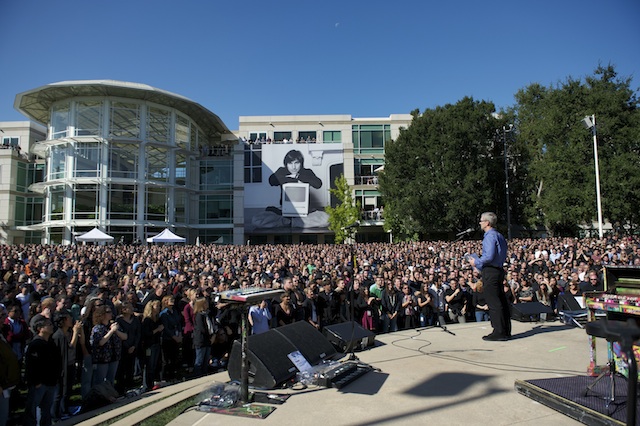A week or so ago we reported why LogMeIn’s CEO, Bill Wagner, wasn’t interested in participating in the Internet of Things industry groups as they are too bureaucratic and slow in a fast moving sector.
Last week I asked John Stewart, Cisco’s Chief Information Security Officer, about how the networking giant thinks about this attitude given Cisco is a key member of a number of IoT standards groups.
Stewart’s view is nuanced, “the notion of open operability versus standards is where the world needs to be. We’ve been pushing this notion of open interoperablity knowing that standards might take longer but yet you don’t want to create these islands of operational capabilities that need to be stitched together in weird ways. That would add friction to the world.”
“There’s not much room for non-interoperable systems as they would have to connect with something else,” Stewart added.
In this, Cisco’s Stewart agrees with Ericsson’s Esmeralda Swartz who believes device diversity will beat vendor’s attempts to lock customers into their IoT platforms.
While it may be true that industrial and smartcity technologies will be interoperable in order to work within complex systems, it’s highly likely many consumers devices will be locked into proprietary systems so vendors can monetize them.
For consumers, users and citizens the questions of interoperability and standards are going to be a pressing question as connected devices become common and in some cases unavoidable.




